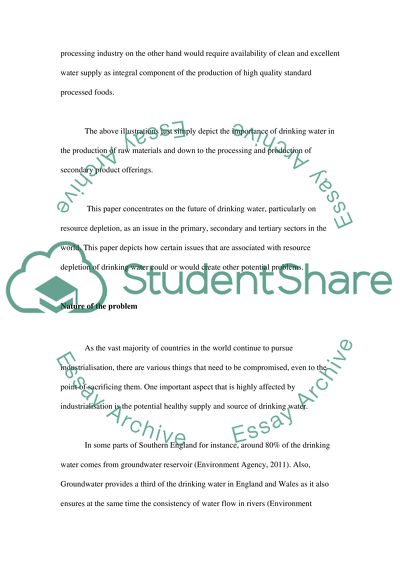Cite this document
(“The Future of Drinking Water Essay Example | Topics and Well Written Essays - 1500 words - 1”, n.d.)
Retrieved from https://studentshare.org/environmental-studies/1443848-drinking-water
Retrieved from https://studentshare.org/environmental-studies/1443848-drinking-water
(The Future of Drinking Water Essay Example | Topics and Well Written Essays - 1500 Words - 1)
https://studentshare.org/environmental-studies/1443848-drinking-water.
https://studentshare.org/environmental-studies/1443848-drinking-water.
“The Future of Drinking Water Essay Example | Topics and Well Written Essays - 1500 Words - 1”, n.d. https://studentshare.org/environmental-studies/1443848-drinking-water.


